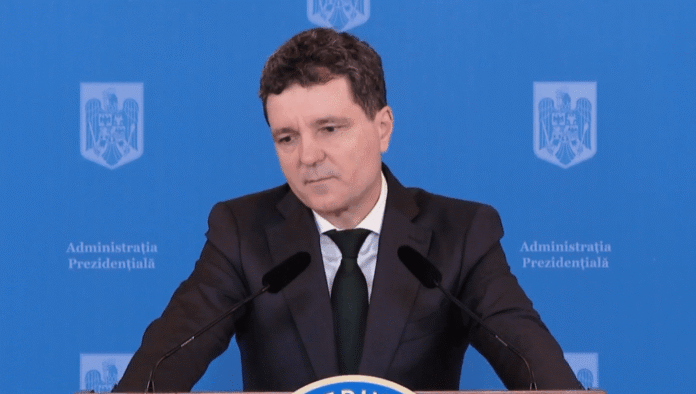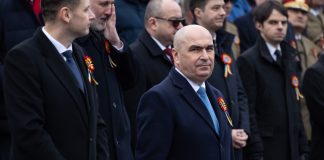President Nicusor Dan said Tuesday that Romania now has a clear chain of command for responding to unidentified aircraft entering its airspace, emphasizing that unmanned drones should be dealt with more actively, while piloted aircraft require a more cautious approach.
„Operationally, the question is who has command when a foreign object enters national airspace. As I said, the old law made no provision for this because such threats did not exist when it was drafted. The May 2025 law corrected this and clarified responsibilities, followed by a Supreme Council of National Defence (CSAT) decision dividing responses into four categories,” Dan explained in an interview with Euronews Romania.
According to the president, drones are handled locally by the unit in command, while missile defense and military aircraft fall under the Chief of Defense Staff, and civilian aircraft under the Defense Minister’s authority.
Asked about NATO’s „drone wall” concept, Dan said it involves both equipment and operational procedures.
„There are two strands to the issue: the technical side discussed among defence ministers and the operational side, where Romania had gaps before the May law. After the May law and the CSAT clarification, those operational questions are now resolved. Technically, this involves military capabilities to detect threats with adequate warning radars, broadly speaking and systems to neutralize objects that enter national airspace. In short, it requires equipment some of which we already possess and others we will acquire in the coming months. Naturally, the entire Eastern Flank is defended through allied cooperation: we undertake air missions and partners do so here in Romania. Given the prominence of drones today used both for observation and for attack specific adjustments are needed,” showed Nicusor Dan.
Regarding his own stance as commander-in-chief, Dan reaffirmed: „The decision lies with Parliament and the Supreme Council of National Defence (CSAT), which has for now set out how responses will be handled. (…) The key distinction is between piloted and unmanned aircraft: drones call for a more active response, while piloted planes require a more cautious approach.”
Asked about NATO consensus on the issue, given Poland’s intention to amend its defense law to allow drone interceptions not only over its own airspace but also above Ukraine, President Dan emphasized that while NATO members collaborate closely, decisions regarding national airspace ultimately rest with each individual country.
„If countries have different regulations, this is possible within NATO,” he said. AGERPRES




